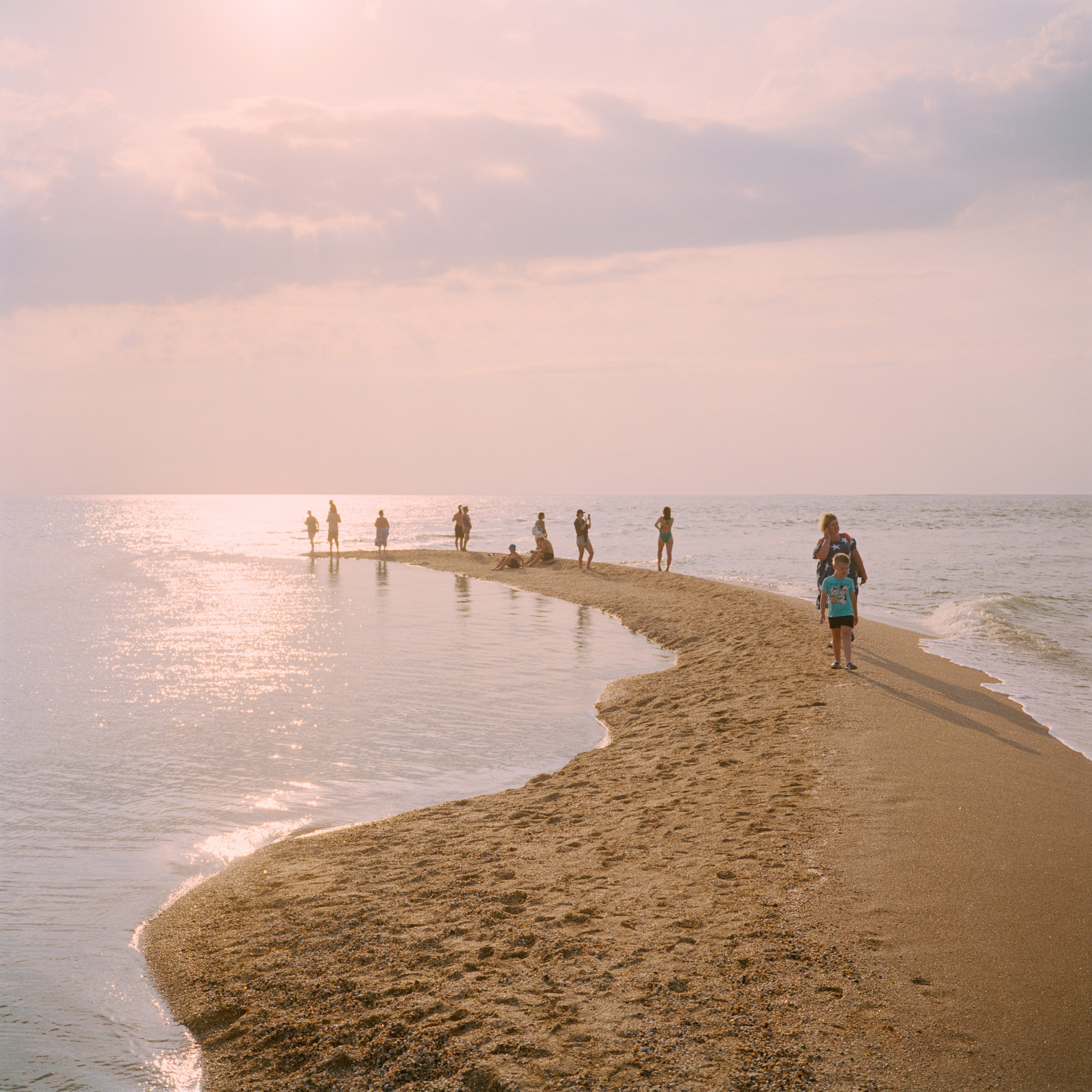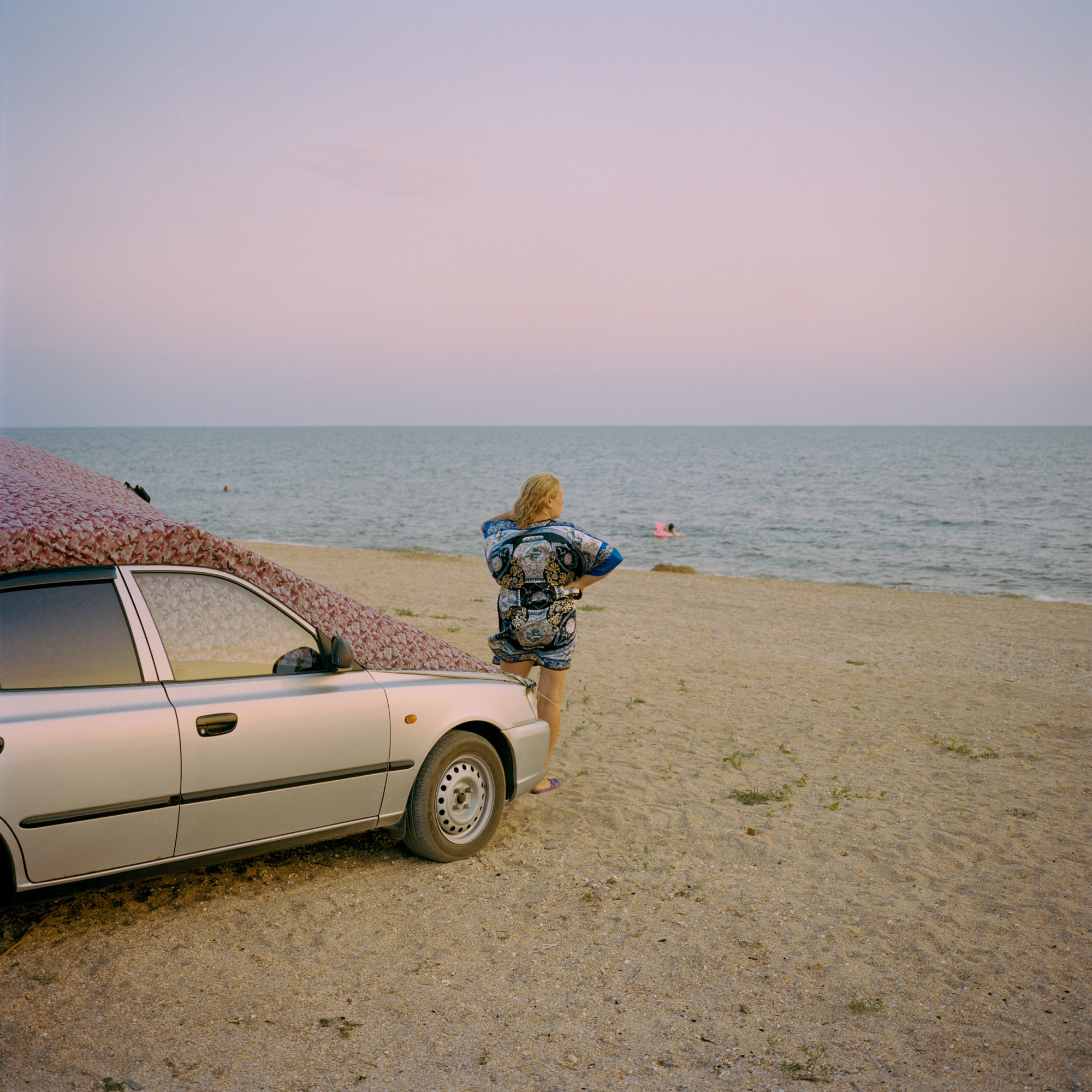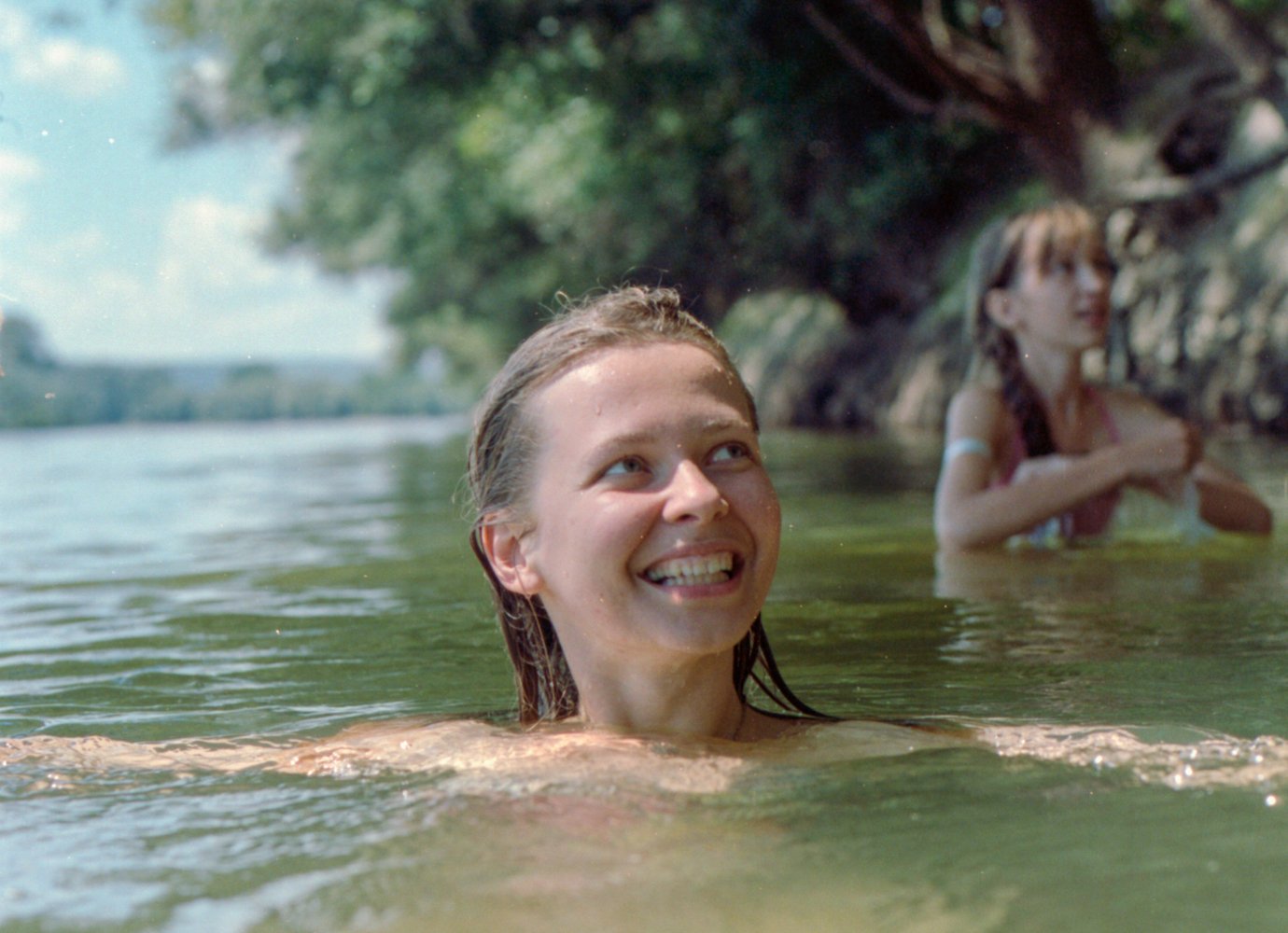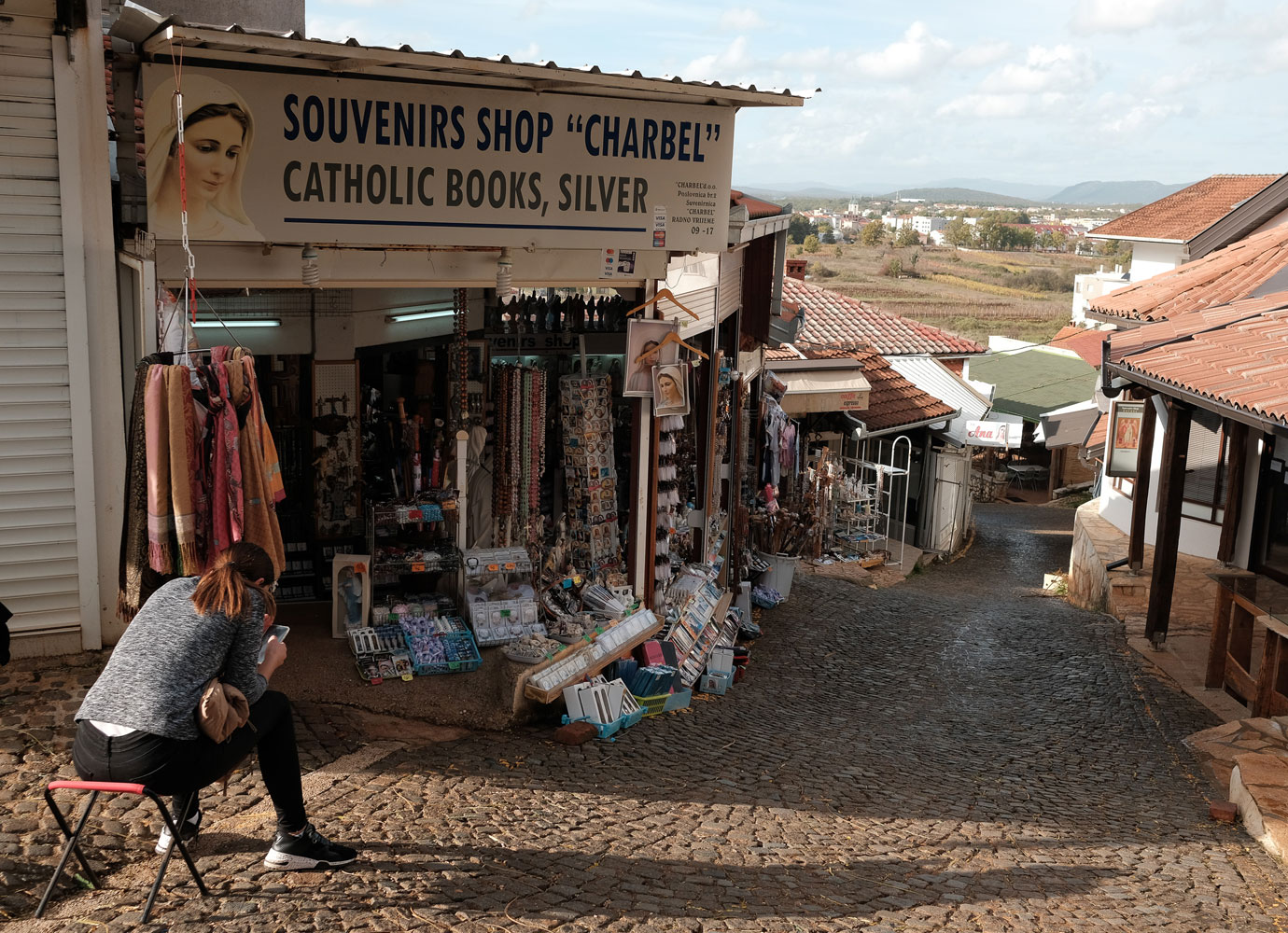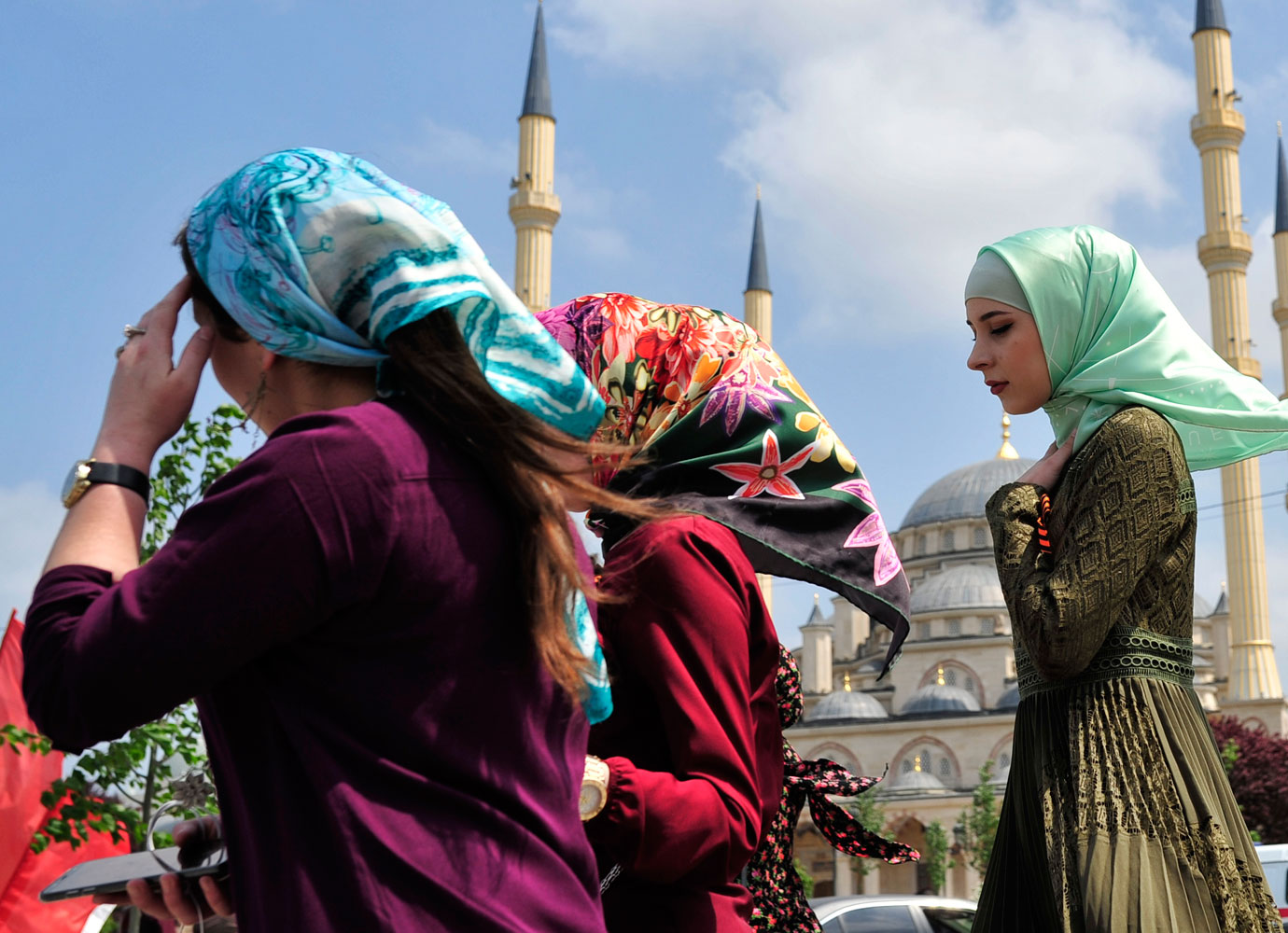A golden-hued escape to summer evenings by the Sea of Azov
In July 2019, French photographer Patrick Wack joined his girlfriend’s family on their annual holiday on the sandy beaches of Dolgaya Spit. Perched on the shores of the Sea of Azov, a body of water between Russia and Ukraine, the resort is a two-day drive southwest from Moscow. But setting up camp on the beach offered the family the chance to finally unwind — without the resort ever getting too overcrowded.
Wack, meanwhile, was drawn to the serene atmosphere that prevailed. At the end of each day, the photographer would take his camera and walk for several hours along the coastline.
On one occasion, he met Mikhael, who is photographed in the last hours of light with his dog. A former cab driver, pictured in his cowboy hat, he looks as if he could have spent his career shooting Westerns in Hollywood.
The paradox struck the photographer. “I feel like this is not the image one expects from Russia,” says Wack, who spends his time between Berlin, Paris, Shanghai, and Moscow. “The pastel colours were like out of a dream. In my visual imagination, there is something very American about these tones. I was reminded of Joel Meyerowitz’s book Cape Light.”
Taken more than 40 years ago, while the New York street photographer was visiting Cape Cod, Meyerowitz’s timeless seaside photographs transformed the popularity of colour photography and elevated it to a fine art. To mimic Meyerowitz’s atmospheric summer light and quiet views of the Massachusetts coastline, Wack took most of his images of the Sea of Azov before dusk. But his concept was not purely aesthetic: Wack wanted to surprise the viewer with these photos of Russia.
With his lens firmly pointed at the horizon, the photographer introduces us to an array of characters on the beach, rendered heroic in the golden light. Throughout Azov Horizons, intimate portraits are scattered among laconic shots of caravans and camp sites, all washed in an orange glow. Besides the light, it is the simplicity of the sun-drenched photographs that makes them so arresting. “I wanted to use the horizon as a visual symbol of serenity to show the quietness and calm that people come looking for when they travel to these shores, away from the hectic side of contemporary Russia,” he says.
But while the seemingly endless horizon imbues a sense of permanence and harmony, what lies at the other side of the shore is far more precarious. Ultimately, what these photos leave out, Wack explains, is “the tense political and environmental undercurrents at stake in the periphery of the sea”. Since 2014, the Ukrainian city of Mariupol, situated on the northeast coast of the Sea of Azov, has found itself in deadly proximity to the ongoing conflict between Ukrainian forces and Russian-backed separatists in the nearby Donetsk and Luhansk regions. Russia’s increasing maritime presence in the area has also been a huge cause for concern for Ukraine: since Russia’s annexation of Crimea, it has gained control over the the Kerch Strait — a crucial waterway connecting the Sea of Azov with the Black Sea.
For this reason, Azov Horizons is an incomplete and ongoing series. “I’m hoping to keep working on a project around the Azov to cover the multitude of issues at play there: from the Russian-Ukrainian conflict to environmental issues and the disappearance of [the area’s] unique ecosystem,” the photographer says. Yet for now, Azov Horizons offers a sense of respite from the graver issues that are unfolding, whisking us away on an idealised journey.
